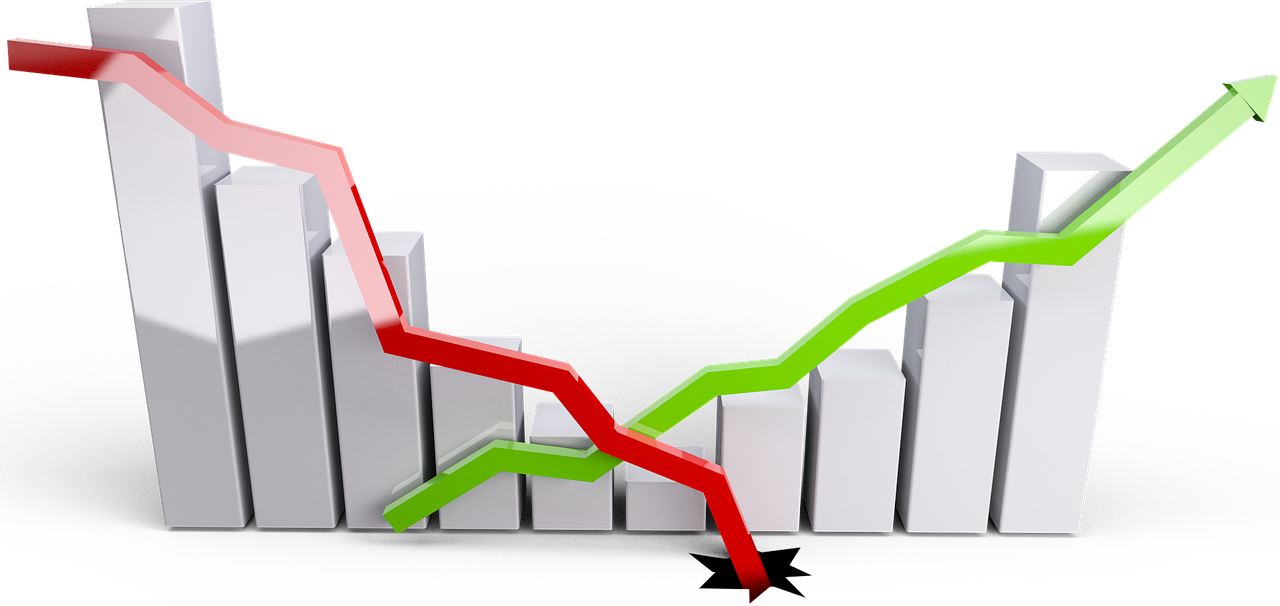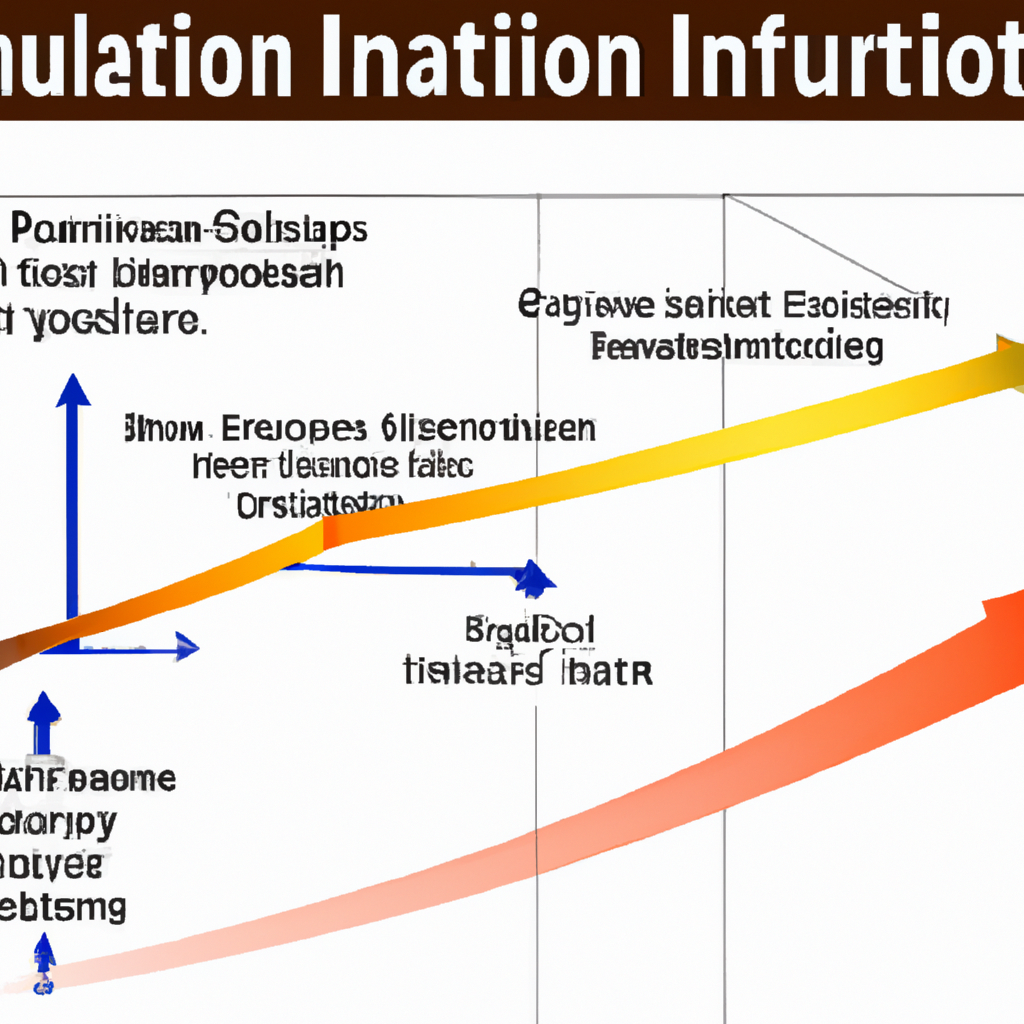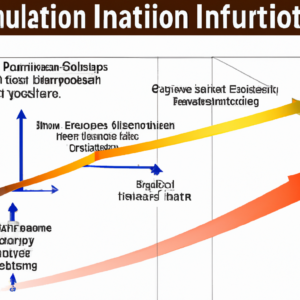In today’s fast-paced and ever-changing business landscape, the impact of inflation on business operations cannot be understated. From pricing strategies to profitability, inflation has far-reaching implications that directly affect the day-to-day operations of companies. As prices rise, businesses are forced to navigate through the turbulent waters of increased costs, changing consumer behaviors, and a competitive marketplace. In this article, we will explore the various ways in which inflation shapes the business world and the strategies businesses can adopt to minimize its negative effects and maximize their potential for success.
1. Overview of Inflation
1.1 Definition of Inflation
Inflation refers to the sustained increase in the general price level of goods and services in an economy over a period of time. It is typically measured by the Consumer Price Index (CPI) or the Producer Price Index (PPI). When inflation occurs, the purchasing power of money decreases, meaning that each unit of currency can buy fewer goods and services.
1.2 Causes of Inflation
Inflation can be caused by various factors, including:
- Demand-pull inflation: This occurs when aggregate demand exceeds the available supply of goods and services, resulting in increased prices.
- Cost-push inflation: When there is an increase in production costs, such as wages or raw material prices, businesses may pass these costs onto consumers through higher prices.
- Monetary factors: Changes in the money supply, such as increased government spending or expansionary monetary policies, can also contribute to inflation.
1.3 Measurement of Inflation
Inflation can be measured using different methods, each providing insight into different aspects of the economy. The Consumer Price Index (CPI) measures the changes in prices of a basket of goods and services commonly purchased by households. The Producer Price Index (PPI), on the other hand, focuses on changes in prices received by producers. Both indices help policymakers and economists understand the extent of inflation in an economy and make informed decisions.

2. Impact of Inflation on Business Operations
2.1 Cost of Goods and Services
One of the significant impacts of inflation on business operations is the increase in the cost of goods and services. When the prices of raw materials, energy, and other inputs rise, businesses face higher production costs. This increase in costs can directly affect profit margins and squeeze profitability, especially if businesses are unable to pass on these increased costs to consumers through higher prices.
2.2 Wage and Labor Costs
Inflation can also impact wage and labor costs for businesses. As the general price level rises, employees may demand higher wages to maintain their purchasing power. Businesses may find it necessary to increase wages in order to attract and retain skilled workers and to keep up with the cost of living. Consequently, this places additional financial strain on businesses, as increased labor costs can reduce profitability.
2.3 Purchasing Power
The decrease in purchasing power resulting from inflation can have a significant impact on consumer behavior, which in turn affects business operations. When consumers can buy fewer goods and services with their money, they may prioritize essential items and reduce discretionary spending. This change in consumer behavior can lead to decreased demand for non-essential products or services, impacting the sales and profitability of businesses.
2.4 Cash Flow Management
Inflation can also affect a business’s cash flow management. As prices rise, businesses may experience delays in receiving payments from customers, leading to longer accounts receivable cycles. Additionally, businesses may face higher interest rates on loans or struggle to secure favorable financing due to inflation. These challenges can strain a business’s cash flow and make it more difficult to manage day-to-day operations, invest in growth initiatives, or meet financial obligations.

3. Pricing Strategies in Response to Inflation
3.1 Cost-Based Pricing
One pricing strategy that businesses can adopt in response to inflation is cost-based pricing. This approach involves calculating the cost of producing a product or delivering a service and adding a predetermined markup to determine the selling price. When inflation drives up production costs, businesses may need to increase their selling prices to maintain profit margins. However, this strategy must be carefully implemented to ensure that the price increase does not negatively impact customer demand.
3.2 Demand-Based Pricing
Another pricing strategy is demand-based pricing, which takes into account the perceived value of a product or service to customers. This strategy involves setting the price based on demand elasticity, and businesses may choose to increase prices if they anticipate that customers will still be willing to pay for the product or service despite the inflation-driven price increase. By aligning pricing with customer demand, businesses can maintain profitability even in the face of rising costs.
3.3 Competition-Based Pricing
Competition-based pricing involves setting prices based on the pricing strategies of competitors. Inflation may affect competitors’ pricing decisions, and businesses need to carefully monitor and adjust their prices to remain competitive. While increasing prices in response to inflation may be necessary, businesses must ensure that their prices remain attractive compared to competitors to avoid losing market share.
3.4 Price Optimization and Elasticity
Price optimization and elasticity analysis are techniques that businesses can utilize to determine the most effective pricing strategies in the context of inflation. By analyzing market dynamics, customer behavior, and cost structures, businesses can identify optimal price points that optimize profitability while still maintaining customer demand. Understanding price elasticity allows businesses to identify the sensitivity of demand to price changes, helping them make informed decisions on price adjustments in the face of inflation.

4. Effects of Inflation on Profitability
4.1 Profit Margins
Inflation can significantly impact profit margins for businesses. When businesses experience increases in input costs and are unable to pass on these higher costs to customers through price increases, profit margins may be squeezed. Higher inflation rates can erode profit margins and reduce overall profitability if effective measures are not taken to adapt.
4.2 Revenue and Sales Volume
Inflation can also affect the revenue and sales volume of businesses. As the purchasing power of consumers decreases, they may be less willing or able to spend money on non-essential products or services. This decline in demand can lead to decreased sales volume and revenue for businesses. Additionally, businesses that rely on exports may face challenges if inflation leads to a decrease in the competitiveness of their products or services in international markets.
4.3 Investment and Capital Expenditure
High inflation rates can also impact businesses’ investment decisions and capital expenditure. Uncertainty resulting from inflation can discourage businesses from undertaking long-term investments, as the expected return on investment may be compromised. Capital expenditure may also become more expensive due to inflation, as the cost of acquiring assets or upgrading equipment increases. These factors can hinder business expansion and growth opportunities.
4.4 Debt Servicing and Interest Rates
Inflation can impact the cost of servicing debt and interest rates for businesses. If businesses have borrowed money, higher inflation rates can lead to increased interest payments on loans. Additionally, inflation erodes the value of money over time, meaning that the real cost of debt decreases. However, high and unpredictable inflation can create uncertainty in the interest rate environment, making it challenging for businesses to plan and manage their liabilities effectively.

5. Mitigating the Impact of Inflation on Business Operations
5.1 Operational Efficiency and Cost Control
To mitigate the impact of inflation on business operations, businesses can focus on improving operational efficiency and implementing effective cost control measures. By streamlining processes, identifying and eliminating waste, and optimizing resource allocation, businesses can reduce costs and maintain profitability even in the face of rising inflation.
5.2 Diversification and Foreign Markets
Diversifying revenue streams and expanding into foreign markets can also help businesses mitigate the effects of inflation. By diversifying products, services, or target markets, businesses can reduce their reliance on individual markets or product lines that may be more vulnerable to inflation. Additionally, expanding into foreign markets can provide access to economies with lower inflation rates, potentially reducing the impact of domestic inflation on a business’s operations.
5.3 Hedging and Forward Contracts
Businesses can also utilize financial tools such as hedging and forward contracts to mitigate the impact of inflation. Hedging involves entering into contracts or purchasing financial instruments that offset the risk of price fluctuations. For example, businesses can use futures contracts to lock in prices for raw materials or currencies, protecting them from future price increases due to inflation.
5.4 Collaboration and Strategic Partnerships
Collaboration and strategic partnerships with suppliers, customers, or other businesses can help mitigate the impact of inflation on business operations. By working together, businesses can explore opportunities for cost-sharing, bulk purchasing, or joint marketing efforts that can help reduce costs or increase sales. Collaborative efforts can also provide a platform for knowledge-sharing and exchange, allowing businesses to adapt to the changing economic landscape more effectively.
In conclusion, inflation has far-reaching implications for businesses, affecting various aspects of their operations, pricing strategies, and profitability. By understanding the causes and measurement of inflation, businesses can develop strategies to mitigate its impact. Through careful consideration of pricing strategies, effective cash flow management, and proactive measures such as diversification and collaboration, businesses can adapt and thrive even in the face of inflationary pressures.


